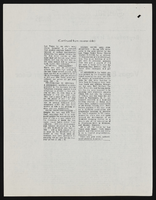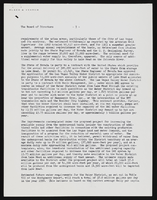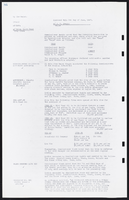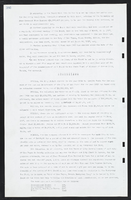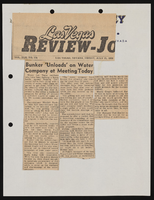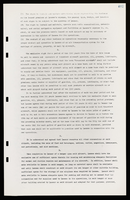Search the Special Collections and Archives Portal
Search Results
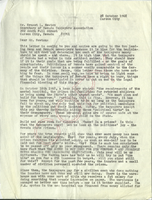
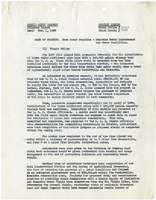
County agent project progress report, Home water supplies - domestic water improvement and water facilities, November 1, 1938
Date
1938-11-01
Archival Collection
Description
Discussion of the progress on domestic water for Bunkerville and Mesquite, Nevada. Prospects were good for the Work Projects Administration to install a tank and pipeline. PROJECT NUMBER: State Office # M-282, Clark County # M-22
Text
Pagination
Refine my results
Content Type
Creator or Contributor
Subject
Archival Collection
Digital Project
Resource Type
Year
Material Type
Place
Language
Records Classification


